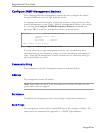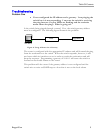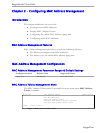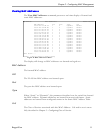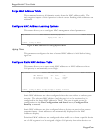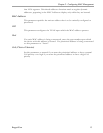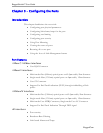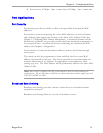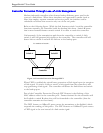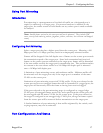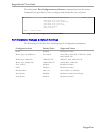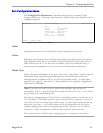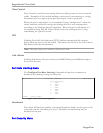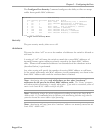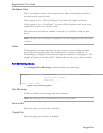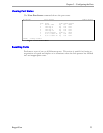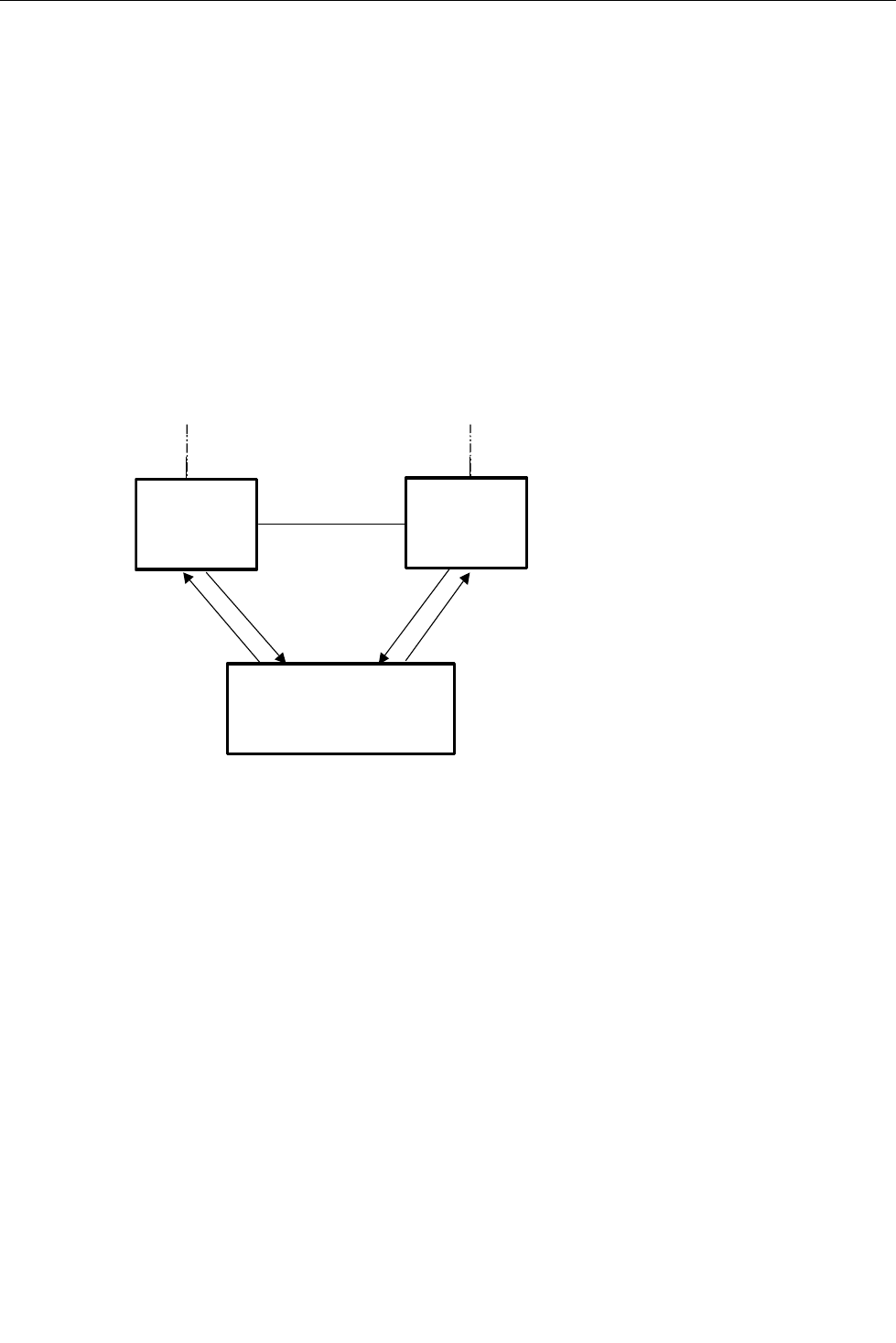
RuggedSwitch™ User Guide
Controller Protection Through Loss-of-Link Management
Modern industrial controllers often feature backup Ethernet ports used in the
event of a link failure. When these interfaces are supported by media (such as
fiber) that employ separate transmit and receive paths, the interface can be
vulnerable to failures that occur in only one of the two paths.
Refer to the following figure. While the link between switch A and the controller
functions normally, the controller holds the backup link down. Switch B learns
that it must forward frames towards switch A in order to reach the controller.
Unfortunately, if the transmission path from the controller to switch A fails,
switch A will still generate link signals to the controller. The controller will still
detect link to switch A and will not failover to the backup port.
Controller
Switch A
Switch B
Main Backu
p
To remainder of network..
Figure 11: Controller Protection Through FEFI
When FEFI is enabled the switch bases generation of link signal upon its reception
of link signal. If switch A fails to receive a link signal from the controller it will
stop generating a link signal. The controller will detect the link failure and switch
to the backup port.
Part of the Controller Protection Through FEFI feature is the flushing of the
MAC address table for the controller port. Frames destined for the controller will
be flooded to switch B where they will be forwarded to the controller (after the
controller transmits its first frame).
The FEFI feature on 10BaseFL ports causes the transmitter to be disabled, which
suspends the sending of link pulses. The FEFI feature on 100BaseFX ports causes
a FEFI signal to be sent instead of a link carrier signal.
RuggedCom



